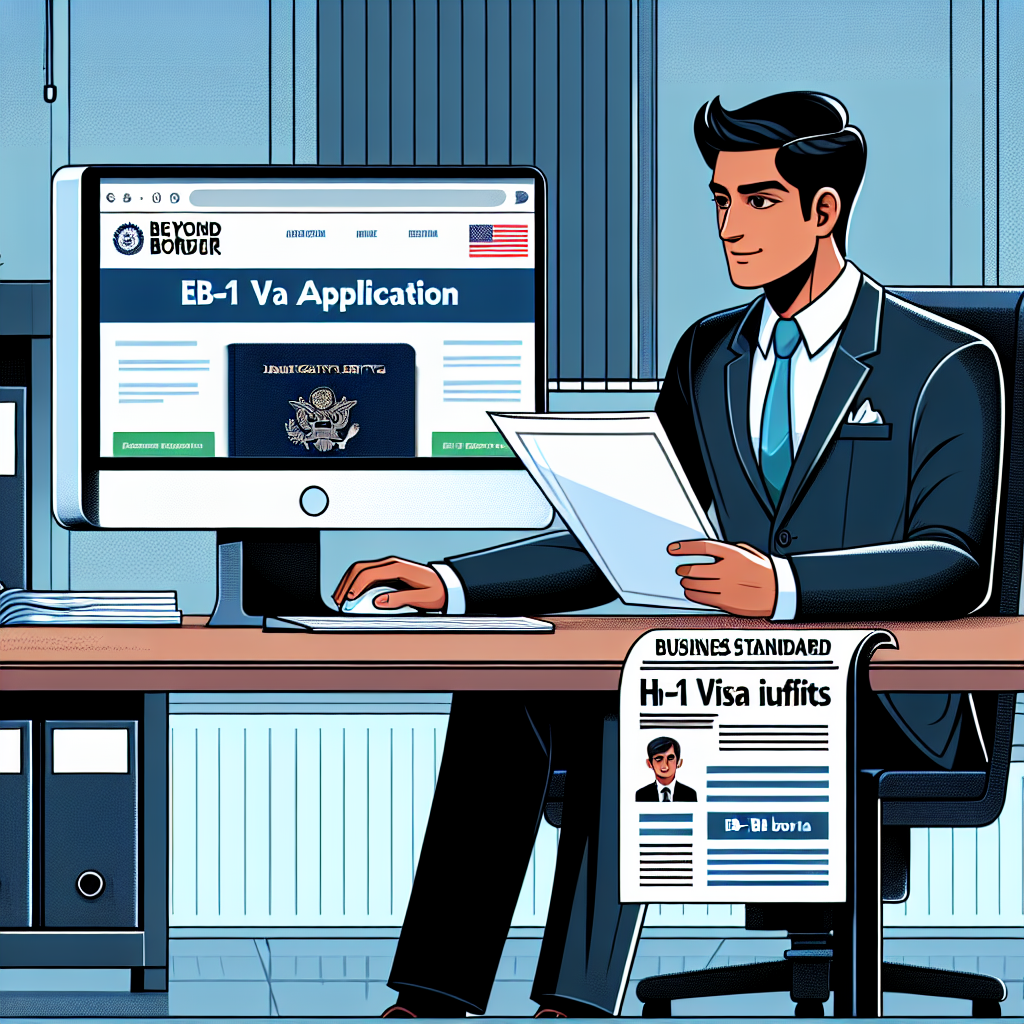In recent days, Frederick Ng, co-founder of the immigration service platform “Beyond Border,” stated in an interview with Business Standard that as obtaining H-1B visas becomes increasingly challenging, more and more Indian professionals are accelerating their shift towards the EB-1A extraordinary ability immigration pathway. It is expected that the number of applications in early 2025 will increase by over 50%.
The EB-1A visa is a type of green card in the first preference category for professional immigrants in the United States, known as “Alien of Extraordinary Ability.” This category is specifically designed for individuals with outstanding abilities and significant achievements in fields such as science, arts, education, business, or sports.
One of the key advantages of the EB-1A visa is that applicants can apply on their own without the need for a US employer’s sponsorship or job offer, bypassing the labor certification process and avoiding the proposed $100,000 H-1B visa application fee.
Applicants only need to meet a minimum of three out of the ten criteria set by the United States Citizenship and Immigration Services (USCIS).
Additionally, the processing time for EB-1A applications is shorter compared to traditional green card categories such as EB-2 and EB-3, which often face backlogs of up to ten years or longer.
Ng explained, “Traditionally, many Indian H-1B visa holders would apply through the EB-2 or EB-3 categories, but face waiting times of decades due to priority date backlogs, sometimes exceeding their normal work-life span.”
Under the current leadership of the Trump administration, the approval rate for EB-1A visas remains close to 60%. In contrast, according to immigration data, the approval rate for the EB-2 National Interest Waiver (NIW) pathway has decreased to approximately 54%.
Ng highlighted, “The trend of Indian H-1B visa holders shifting towards the EB-1A category is becoming more evident. Indians make up over 70% of the beneficiaries of approved H-1B visas, meaning that any policy tightening or tech industry decline will have the most significant impact on them.”
He also mentioned, “According to the latest USCIS data, there were around 7,300 EB-1A applications from Indians in the first quarter of 2025, representing an increase of over 50% from the previous quarter.”
Data from the Cato Institute shows that as of 2023, there were 53,879 Indians waiting in line for EB-1A green cards, followed by citizens from China.
Sukanya Raman, an immigration lawyer at Davies & Associates, told Business Standard, “There is a misconception that EB-1A is only for internationally renowned scientists, but you can quote me: the true meaning of extraordinary ability is measurable impact, not global fame.”
She mentioned that more Indian engineers, product managers, and researchers are submitting strong EB-1A applications based on patents, publications, industry awards, and leadership positions to prove their outstanding abilities.
She expressed, “Indian professionals realize they have met the standards… you can quote me again: their work is driving global innovation, and the EB-1A category is a recognition of that.”

